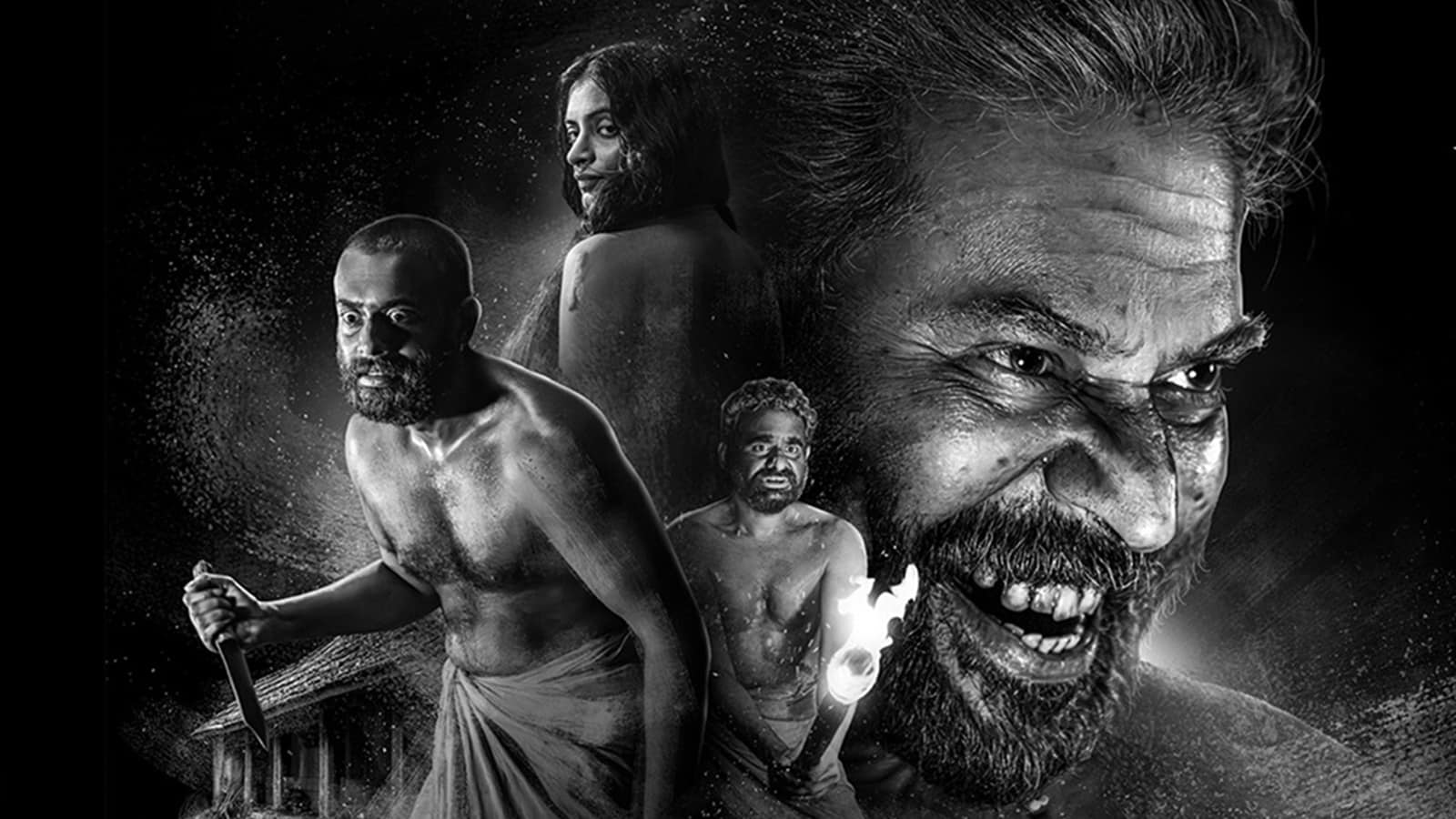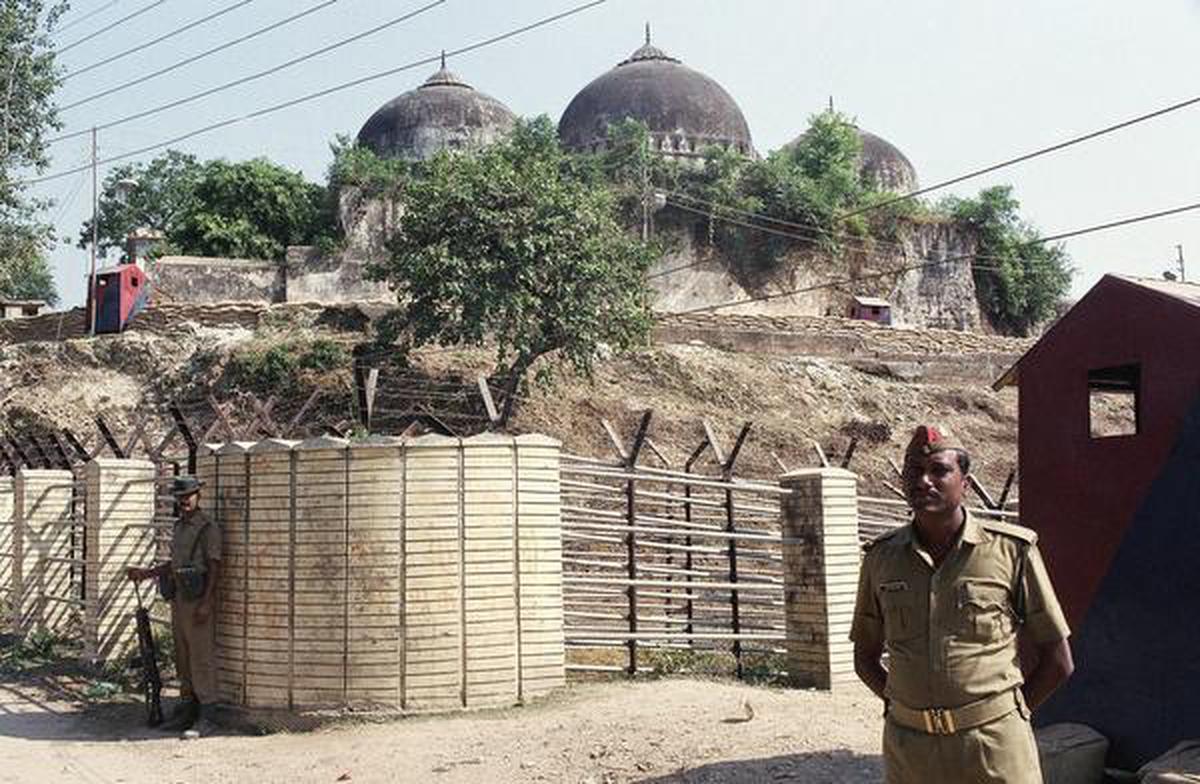In Javed Akhtar’s words, “People like Meena Kumari are paradoxes. We try to understand them, we appreciate them, we criticise them, we pity them, we laugh at them, we admire them. But they remain paradoxes”.
Who can forget that cherubic face, tinged with a little melancholy? Yes, it was actress Meena Kumari who dominated Mumbai’s tinsel town for nearly three decades. Her vivid portrayal of feminine anguish and sorrow earned her the title of ‘Tragedy Queen of Bollywood‘.

Early Life
Barely hours after her birth on 1st August 1933, her father, who was unable to pay the doctor who delivered her, abandoned her at the doorstep of an orphanage. However, pangs of conscience drove him back to retrieve the baby and take her home. The infant, aptly named Mahjabeen Bano (literally: one with a forehead like a moon) was connected with the Tagore family, through her mother Prabhavati Devi (a.k.a Iqbal Bano) who was the grandchild of Rabindranath Tagore’s sibling.
The actor couple struggled hard but failed to make it big in Bollywood. Naturally, they pinned their hopes on their little daughter. So when Mahajabeen was hardly four, the duo began making frequent rounds of Mumbai’s studios trying to grab roles for her.
Initial career and education
When she was six, director-producer Vijay Bhatt cast her as the hero’s daughter in Leatherface (1939). Many similar roles followed. She became the breadwinner for her family. Films such as Pooja (1940), Nai Roshni (1941), Bahen (1941), Kasauti (1941) and Garib (1942) helped Mahjabeen to work her way up in the industry.

She was christened ‘Baby Meena’ on the sets of Ek Hi Bhool in 1940. Mahjabeen had begun schooling but had to quit because work pressure disrupted her studies. Self-educated (aided by private tuitions), Meena Kumari focused on Urdu, besides managing to master Basic English and Hindi. In the studios, she was nicknamed ‘Reading Mahjabeen’ since she was often found reading on the sets, during her spare time.
Film career

At 14, ‘Baby Meena’ metamorphosed into the heroine Meena Kumari in Bachchon Ka Khel (1946). She went on to perform brilliantly in Duniya Ek Sarai (1946), Piya Ghar Aaja (1947) and Bichchade Balam (1948). She acted in several mythological and fantasy movies e.g Veer Ghatotkach (1949), Shri Ganesh Mahima (1950), Magroor (1950), Hamara Ghar (1950), Anmol Ratan (1950), etc. All of them were box office hits.
Tragic Liaison
Legendary Bollywood Actor Ashok Kumar introduced Meena Kumari to filmmaker Kamal Amrohi on the sets of Tamasha. Shortly afterwards, Amrohi offered Meena Kumari the lead role in Anarkali in 1951.
Also Read: Suchitra Sen: From Mahanayika To Recluse | #IndianWomenInHistory
The same year, Meena Kumari was involved in a car accident en route to Bombay from Mahabaleshwar. Amrohi kept visiting her at the hospital. They wrote to each other prolifically. Love blossomed and after she was discharged, and they soon married.

She was 19. Kamal Amrohi was 34. He was already married and a father of three. Their Nikah ceremony was kept under the wraps for a while. However, when the news finally broke, her livid father bullied his daughter to file a divorce. Meena Kumari stayed put.
The marriage soon began to deteriorate. The imperious Amrohi tried to control her activities and allegedly mistreated her. Meena Kumari wanted a child, but Kamal Amrohi refused to have a child with her. In 1964, they separated.
But while sorrow and misery in Meena’s personal life reached its acme, her reel life performance reached a crescendo. She impressed millions with her superb acting in Halaku (1956), Yahudi (1958), Dil Apna Aur Preet Parayi (1960), Main Chup Rahungi, Aarti (1962), Benazir (1964), Bahu Begum (1967) and Mere Apne (1971)
Comic Roles
Though tragedy was her forte, yet Meena Kumari managed to do comic roles with aplomb.This genre of films includes Miss Mary (1957), Shararat (1959) and Kohinoor (1960). But as bad luck would have it, she did not get much opportunity to display her comic prowess.
Landmark Films
In 1952, Vijay Bhatt gave her the lead role in his film Baiju Bawra. Both a commercial and critical success, the film catapulted Meena Kumari to fame. She became the first-ever Filmfare Best Actress Award winner in 1954 – the first of four Best Actress trophies she won in her entire lifetime.
In 1962, came Sahib Biwi Aur Ghulam where she played a neglected wife who desperately craves for her husband’s love and attention. His rejection transforms her into an alcoholic, who later meets with a violent, tragic death.

Meena and Kamal separated while the film Pakeezah was still in the works. Thanks to an intervention by Nargis and Sunil Dutt, the estranged duo resumed work. The over-delayed film was finally released in 1972. Meena Kumari tasted success again. But her euphoria was short-lived. Three weeks later, she died of liver cirrhosis, on 31st March 1972. Pakeezah was her swan song!
A closeted poet
Intelligent and sensitive, Meena Kumari found solace in reading and writing poetry in her private life. She found freedom and utmost self-expression in Urdu poetry. Under the pseudonym Naaz, she carved out a plethora of imaginative and striking imagery.
She had entrusted an anthology of poems with poet/lyricist Gulzaar – her longtime personal friend, who published them after her death. Her lyrics vividly capture her loneliness, her deep-seated craving for happiness, companionship, and love which eluded her her whole life.
Legacy
A short documentary on Meena Kumari titled Shaira (poetess) directed by S. Sukh Dev and Gulzar was released in 1980. Her life and forms an integral part of the curriculum of film-making/acting studies till date.
Also Read: Madhubala: The Winsome Bollywood Icon | #IndianWomenInHistory




